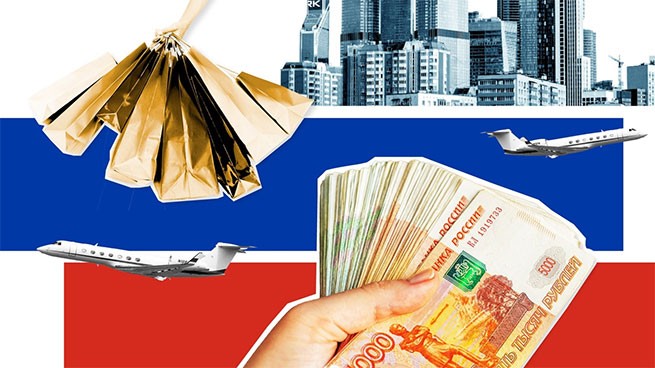The euro is falling against the dollar and is currently at its lowest level in 20 years. Everything indicates that absolute parity is only a matter of time, according to an article published in Deutsche Welle.
For the first time, parity between the US dollar and the euro, when the exchange rate was one to one, was reached in December 2002. Since then, the single European currency has followed an upward trajectory with some fluctuations. A year ago, the difference between the euro and the dollar was 1.18. But last Wednesday it fell to 1.0186. Experts believe that we may soon see 1:1 parity again. The lowest levels against the American currency were recorded for the euro on July 5, 2001 ($0.8380).
The reason for the continued retreat of the single European currency is the growing concern about the European economy. Of particular concern to international markets is the possibility that Russia will turn off the gas valve, with obvious consequences for the German economy, as well as for Europe as a whole. “The situation is still satisfactory, but the balance is shaky,” Ulrich Leuchtmann, foreign exchange analyst at Commerzbank, told Deutsche Radio (DLF).
Absolute parity as an advantage?
A weak currency can also have benefits as it boosts the economy’s export performance. Domestic products are offered cheaper in foreign markets, which increases the turnover of companies that produce them. However, this advantage is relative. According to Sonya Marten, foreign exchange analyst at DZ Bank, German companies benefit from a weak euro only when they manufacture entirely in Germany or the eurozone. “However, if for the production of products they have to import raw materials or other products from countries outside EUthen the advantage turns into a disadvantage,” says Sonia Marten, recalling that the base currency for the energy market is the US dollar, not the euro.
Rising energy prices were also the main reason why Germany’s trade balance showed a deficit in June for the first time in many years. In addition, high energy prices are fueling inflationary pressures. This is clearly not in line with the goals of the European Central Bank (ECB), which is trying to fight by raising lending rates. But he doesn’t want to raise interest rates so quickly as to stifle growth efforts. “One of the possibilities would be to intervene in the markets only verbally, at the first stage,” says Sonia Marten. However, experience shows that in this case, speculators are activated, whose rates can bring down the euro within a few days.
Recession fears in the US too
For Michael Hayes, chief economist at Allianz, the weakening of the euro is linked to events across the Atlantic. “The US central bank, the Fed, is setting the tone, as it has already begun raising interest rates,” he says. Isn’t that why the rates also converge? However, according to Sony Marten, if until recently analysts were worried about a possible recession in the US, now they are more worried about Europe. After all, he points out, a possible recession in the US will carry over to the old continent.
For his part, Michael Heise, chief economist at HQ Trust, one of Germany’s largest family offices, notes that markets are expecting more “cautious steps” from the Fed. If the Frankfurt Bank implements its announcement and raises interest rates in July, according to its estimates, especially if the jump in interest rates turns out to be greater than estimates so far, then the euro exchange rate on the markets will begin to strengthen again, approaching US$ 1.10, and maybe even higher. In any case, the purchasing value of the dollar was “inflated,” says Michael Hayes. According to Ulrich Leuchtmann of Commerzbank, the euro will return to normal levels as soon as the natural gas supply from Russia resumes. Of course, if that happens…







More Stories
Digital Currencies: Global Control or New Opportunities? What's Behind the Introduction of Digital Money
How much does a square meter of housing cost in the Cyclades
Electricity: subsidy only for 500 kilowatt-hours, 80% for each additional kilowatt-hour